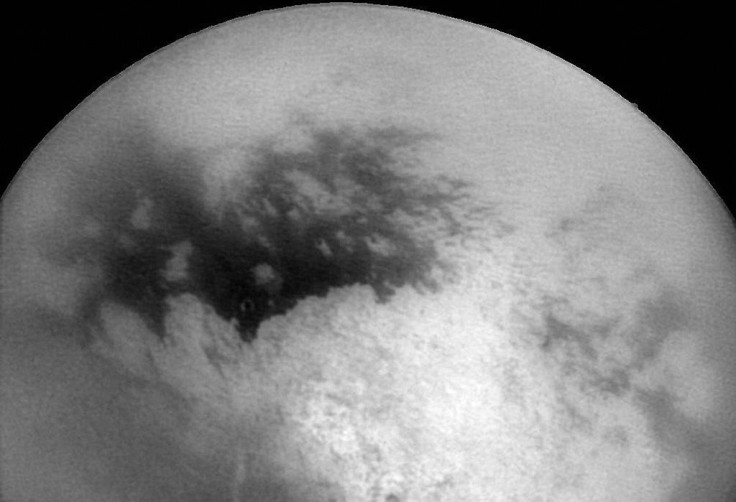Saturn Moon Enceladus Could Be Supporting Alien Life

The Saturn moon Enceladus is currently being considered a hot spot for alien life after scientists determined that its ocean has the right “age” to support organic life forms.
According to a report, NASA scientists peg that the Saturn moon is likely 1 billion years old and that it is now old enough to consider that life once or could still exist. "In the scenario that best matches the real moons, the ocean of Enceladus is about a billion years old. That's good news for life: it should have had enough time to arise and there should still be some energy to power it," Marc Neveu, NASA Goddard Space Flight Center scientist, said during the 2019 Astrobiology Science Conference held recently.
In an interview, Neveu said that he was surprised to discover that Enceladus actually has a moon and a very active one at that. When the Cassini spacecraft captured an image of Enceladus, many actually expected that it would simply be a block of ice or rock because of its size.
Using simulations that were created by incorporating data and images captured by Cassini when it plunged itself into Saturn’s atmosphere back in 2017, Neveu and co-author Alyssa Rhoden were able to create estimates regarding the age of one of Saturn’s smallest moons.
Neveu’s team also made additional research to make the simulation faster and get more exact data of the moon’s ocean. When the team determined a possible timeline of how long the ocean has been around, the scientists increased the probability that life could also be found on Saturn’s satellite. This information is part of Neveu’s research which came out in the scientific journal Nature Astronomy.
This is not the first time that scientists determined that there could be life on the Saturn moon. Back in 2017, it was discovered that the satellite has the presence of hydrogen in the atmosphere, an element which could prove important for life to survive. The findings were spearheaded by Linda Spilker, Cassini project scientist at NASA’s Jet Propulsion Laboratory.
“It could be a potential source for energy from any microbes. We now know that Enceladus has almost all of the ingredients you would need for life here on Earth," Spiker said at the time.
© Copyright IBTimes 2024. All rights reserved.




















